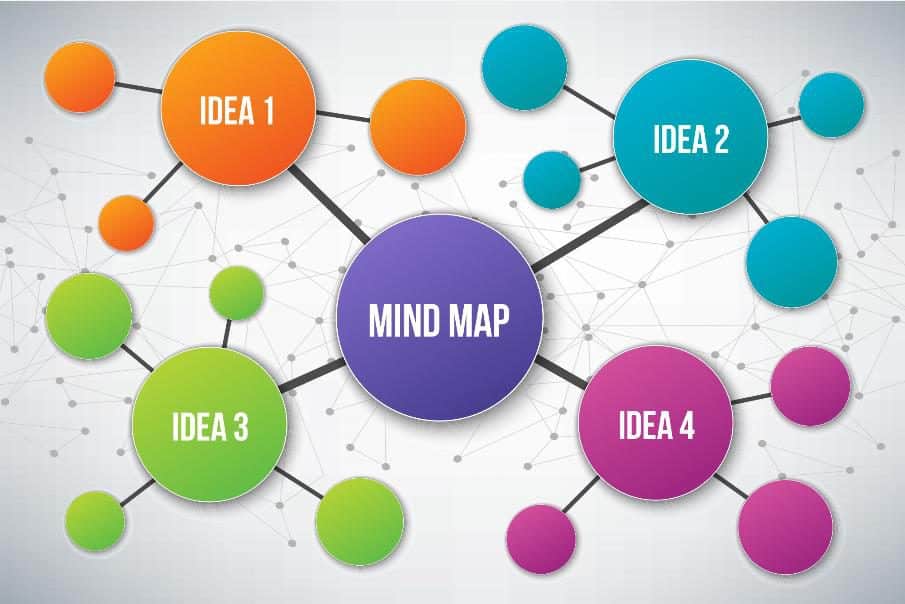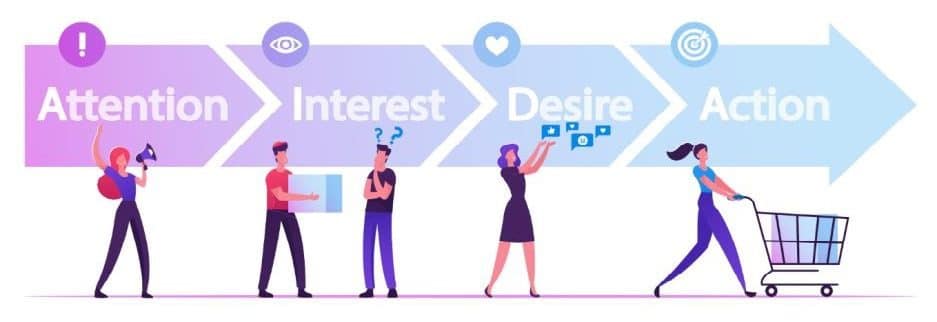Good quality professional writing can help you achieve results. Or, if it's not, it can be a drag on your performance. Find out how to easily improve your writing skills in five key steps with Françoise Landuré, expert in written communication.

E-mails, brochures, sales proposals... Your professional writings are more powerful than you can imagine! Their quality conveys a positive image of your company. They also contribute to winning, satisfying and retaining customers. building customer loyalty.
You don't know how, or worse, you hate writing? With a little advice and practice, you can turn your writing into a real ally in your sales strategy. In five key steps, discover how to become more fluent and (yes, it is possible!) enjoy writing.
1restep: set your strategy
Every good salesperson knows that strategy is the prerequisite for any successful action. The same goes for professional writing.

First identify the sender. On whose behalf are you writing? This has an impact on your message and the way you word it. Then identify the recipient and put yourself in their shoes. This will enable you to adapt your writing to their needs and challenges. There are tried and tested techniques to help you get to know your audience in depth, such as the Persona, fictitious person, representative of a target group.
Always select a essential message to get across. If the person you're talking to has to remember just one thing, what is it?
Determine a clear objective. Whether you want people to know, understand, support or act, keep your objective in mind when structuring and writing your message.
Finally, choose your substrate according to its purpose and characteristics.
2estep: structure your professional writing
Do you find it hard to get your ideas down on paper or on screen? With the help of a plan, writing becomes more fluid and your writing becomes clearer. First, list your ideas. For example, write each idea on a post-it note, then classify them.

You can also use the mind map Write your subject in the centre of a sheet of paper in landscape format.
Then draw branches on which to place your main ideas, as well as sub-branches for secondary ideas.
Once you have your ideas, draw up your plan. Even a short email has a plan, tailored to your objective.
For your e-mailings, landing pages and other publications, take an interest in copywriting techniques. They use the art of persuasion to encourage the reader to act in accordance with a defined objective.

With the AIDA methodFor example, you successively arouse attention, interest, desire and action.
La FAB methodThis involves highlighting the benefits to the customer, over and above the functionalities and advantages of a product.
3estep: write your professional documents clearly and fluently
As a reader, you want to get to the point quickly. Your recipient is just like you. So make it easy for them!
- Simplify
Did you know that a sentence of twelve words can be memorised at 100 %? Beyond that, reading requires more concentration. As far as possible, limit your sentences to 15-20 words. Develop just one idea per sentence. If there are several, cut them out. Follow the logical order: subject-verb-complement. Eliminate unnecessary words and redundancies.
- Clarify
Adopt the language of your target audience. Choose simple words and avoid jargon, technical terms and anglicisms. Avoid acronyms and abbreviations. Avoid periphrases, unless they add clarity (for example, "every three months" instead of "quarterly"). Apply the same term to the same concept.
- Visit
Get straight to the point! Put strong messages at the beginning of paragraphs. Avoid the passive voice, relative subordinates, the present participle and negative expressions. Use the present tense instead. Set the pace by alternating sentences of different lengths or using bulleted lists.
4estep: take advantage of the reading levels
Reading levels allow information to be staged. They catch the eye and hold the reader's attention.
Le first levelIt's what the reader looks at first: title, illustrations, sidebars, banners, etc. It determines whether or not they continue reading. Take the time to take care with your title or the subject of your email. Here's a tip: once you've written your text, write down as many titles as you can think of. Go to at least ten. By letting go of your mind in this way, you may find the inspiration for an excellent title.
Be careful, because eight out of ten readers stop at the title!
Le second level includes the chapeau (bold paragraph below the title), captions, and the beginning and end of the text.
Le third level is about reading the text continuously. If your reader reaches this stage, your mission is accomplished.
5estep: hunt for shells
You've written a great email, a great presentation. Don't let a typing or spelling error tarnish your image! Fortunately, the spell-checkers in Word or your e-mail are becoming increasingly sophisticated, but they are not enough. Proofread carefully. Proofread specifically for crucial elements: the customer's name, contact details, etc. Ideally, have a colleague or someone who doesn't know your subject read it over for you.
Finally, remember this: working on your spelling doesn't stop once you leave school. You need to maintain this skill throughout your life. Attractive tools exist to help you do this: the Voltaire Project, Bescherelle apps, etc. Reading a lot is not always effective for improving your spelling, but it is essential for expanding your vocabulary and improving your style. Another solution: training! Some training courses even allow you to develop your writing skills in a fun way. For example: Boost the quality of your e-mails with games or Improving written communication through games.
You now have all the tools you need to optimise your professional writing and turn it into an asset for your commercial success. And what if, as well as technique, you added the pleasure of writing? It's worth the effort, because I'm sure you'll feel the pleasure when you read it, and that will help to keep your customers happy.


